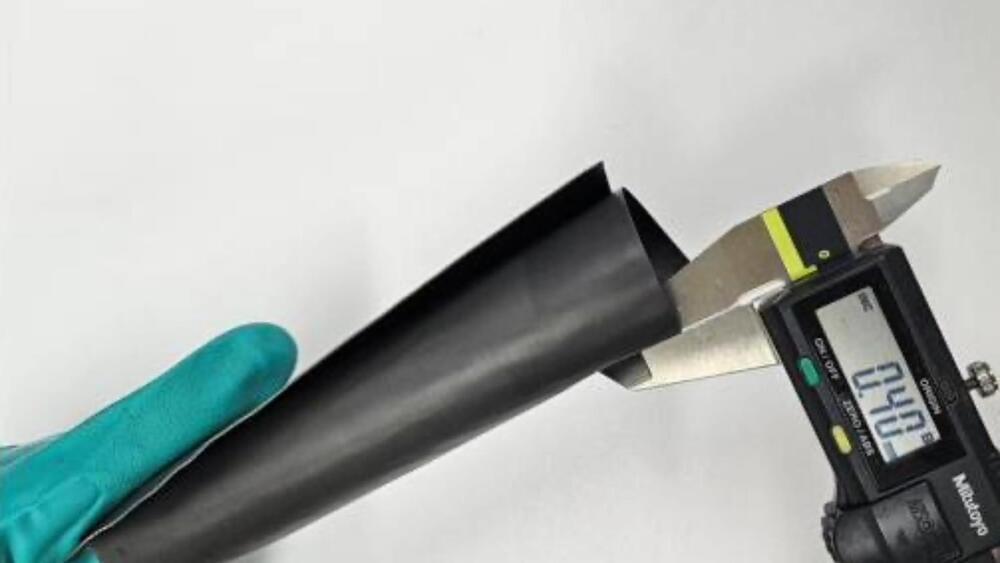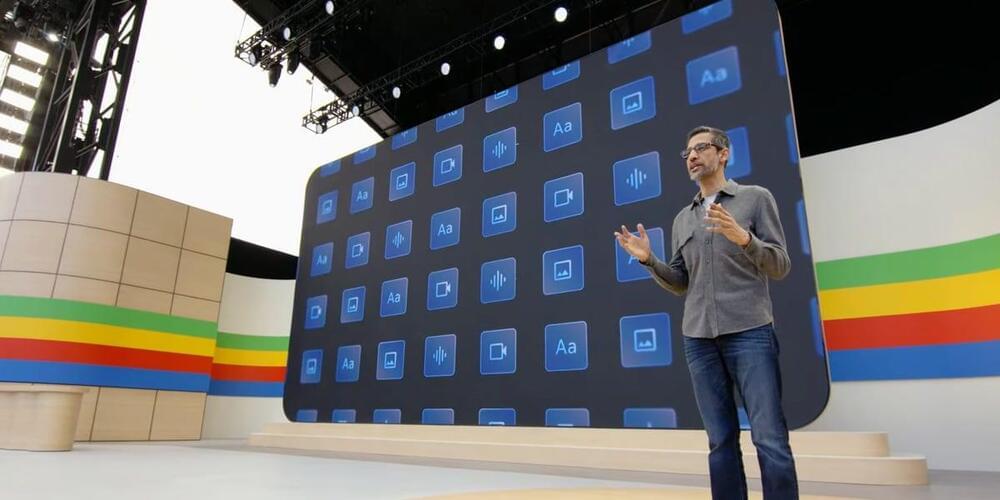Page 6
Oct 29, 2024
Rachtsy/MomentumSMoE: Implementation for MomentumSMoE
Posted by Cecile G. Tamura in category: futurism
MomentumSMoE: Integrating Momentum into Sparse Mixture of Experts.
Rachel S.Y.
Implementation for Contribute to rachtsy/MomentumSMoE development by creating an account on GitHub.
Oct 29, 2024
3D laser bioprinter designed for precise human tissue engineering
Posted by Dan Kummer in categories: bioengineering, bioprinting, biotech/medical, robotics/AI

A way to re grow new parts, perfect DNA match, eventually? Will take Agi / ASI to realize full potential, we ll see.
For this, the researchers have created a compact bioprinter to develop biological tissues with microfilament structures. He is now working to bring this technology to market.
Continue reading “3D laser bioprinter designed for precise human tissue engineering” »
Oct 29, 2024
‘World-1st’ ultra-thin film absorbs over 99% of electromagnetic waves
Posted by Genevieve Klien in categories: internet, robotics/AI

Scientists have developed a new material: an ultra-thin film that can absorb over 99% of electromagnetic waves.
The Korea Institute of Materials Science (KIMS) states it to be the “world’s first ultra-thin film composite material capable of absorbing over 99% of electromagnetic waves.”
Continue reading “‘World-1st’ ultra-thin film absorbs over 99% of electromagnetic waves” »
Oct 29, 2024
Idaho State Researcher Develops Algorithm to Model Brain Activity
Posted by Dan Kummer in categories: biotech/medical, information science, robotics/AI
Thanks to an algorithm created by an Idaho State University professor, the way engineers, doctors, and physicists tackle the hard questions in their respective fields could all change.
Emanuele Zappala, an assistant professor of mathematics at ISU, and his colleagues at Yale have developed the Attentional Neural Integral Equations algorithm, or ANIE for short. Their work was recently published in Nature Machine Intelligence and describes how ANIE can model large, complex systems using data alone.
“Natural phenomena–everything from plasma physics to how viruses spread–are all governed by equations which we do not fully understand,” explains Zappala. “One of the main complexities lies in long-distance relations between different data points in the systems over space and time. What ANIE does is it allows us to learn these complex systems using just those known data points.”
Oct 29, 2024
See my new paper proved that rotating blackhole could create stable wormhole and how to build stargates
Posted by Chavis Srichan in categories: cosmology, particle physics, quantum physics
https://lnkd.in/gPGP3Q3j In this article, we propose a new Feynman’s path integral approach and extend this formalism into curved spacetime and consider its possible implications for black hole physics. While still a work in progress, this model suggests that black holes, rather than representing the final stages of gravitational collapse, might contribute to the formation of new universes. We carefully examine both Schwarzschild and Kerr metric of rotating and non-rotating black holes. We derived that rotating black hole will create a traversable worm hole without exotic particles and non-rotating back hole will create another universe by interpretation of path integral finally. We proposed the way how to create the wormhole between two interstellar space using qubits. This proved ER=EPR. John Preskill Dear Professor Preskill Please help me check it Sir.
Oct 29, 2024
Watch 1st-ever video of ovulation occurring in real-time
Posted by Jose Ruben Rodriguez Fuentes in category: entertainment
A new imaging technique enabled scientists to film every step of ovulation as it unfolds in mouse cells.
Oct 29, 2024
Softbank CEO says ‘super AI’ will arrive in 2035 and cost $9T
Posted by Roman Kam in category: robotics/AI
Oct 29, 2024
Modified metal-organic framework can capture benzene in the atmosphere to tackle a major health risk
Posted by Shubham Ghosh Roy in categories: chemistry, health
Scientists have developed a new material capable of capturing the harmful chemical benzene from the polluted air, offering a potential solution for tackling a major health and environmental risk.
Oct 29, 2024
More advanced civilizations might set aside our planet as a zoo wherein they can observe us, Zoo Hypothesis suggests
Posted by Shubham Ghosh Roy in categories: alien life, existential risks

Could Earth be a cosmic sanctuary for observation? The Zoo Hypothesis suggests so.
In 1950, Italian-American physicist Enrico Fermi famously asked, “Where is everybody?” The question has since become the basis of the Fermi Paradox, addressing the conflict between the high probability of extraterrestrial life and the complete lack of evidence for its existence. Several hypotheses have been proposed to explain this, including the Zoo Hypothesis, first introduced in 1973 by Harvard astrophysicist John A. Ball. This theory posits that advanced alien civilizations may know of Earth and its inhabitants but choose to avoid contact, allowing humanity to develop naturally without interference.















